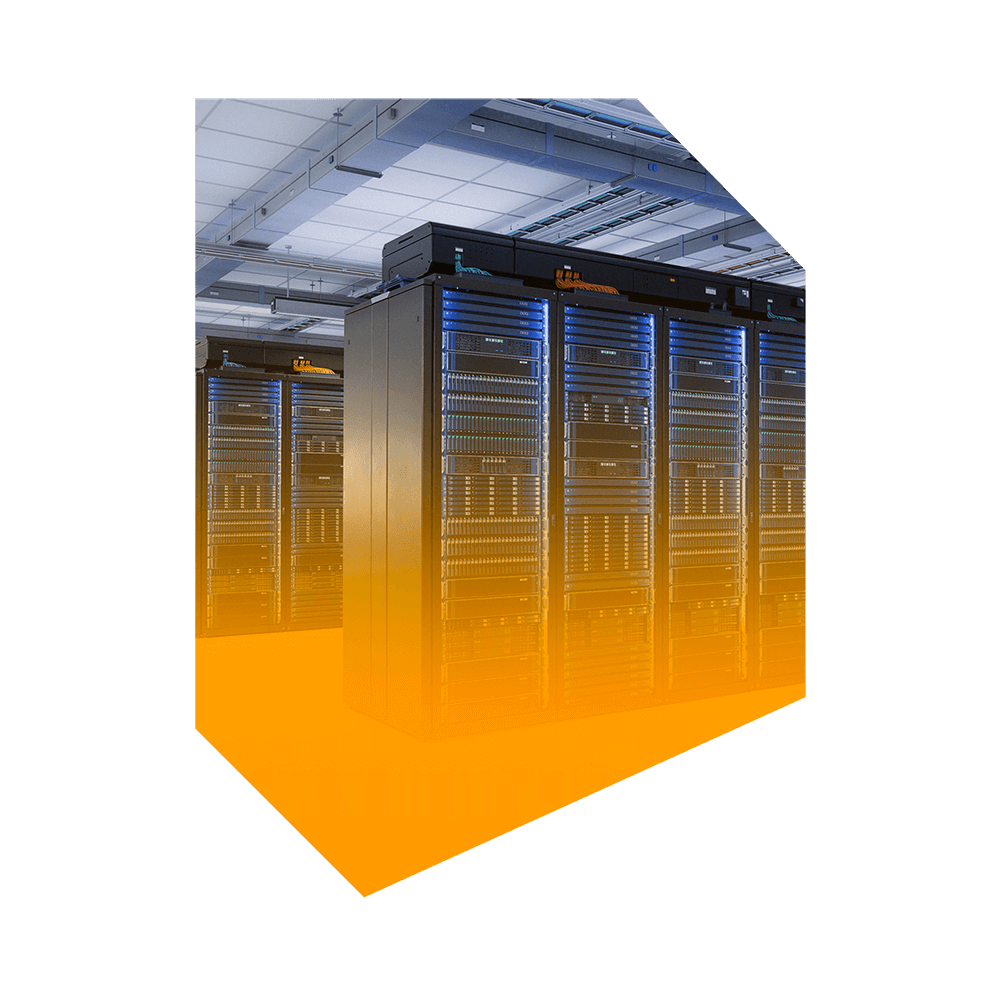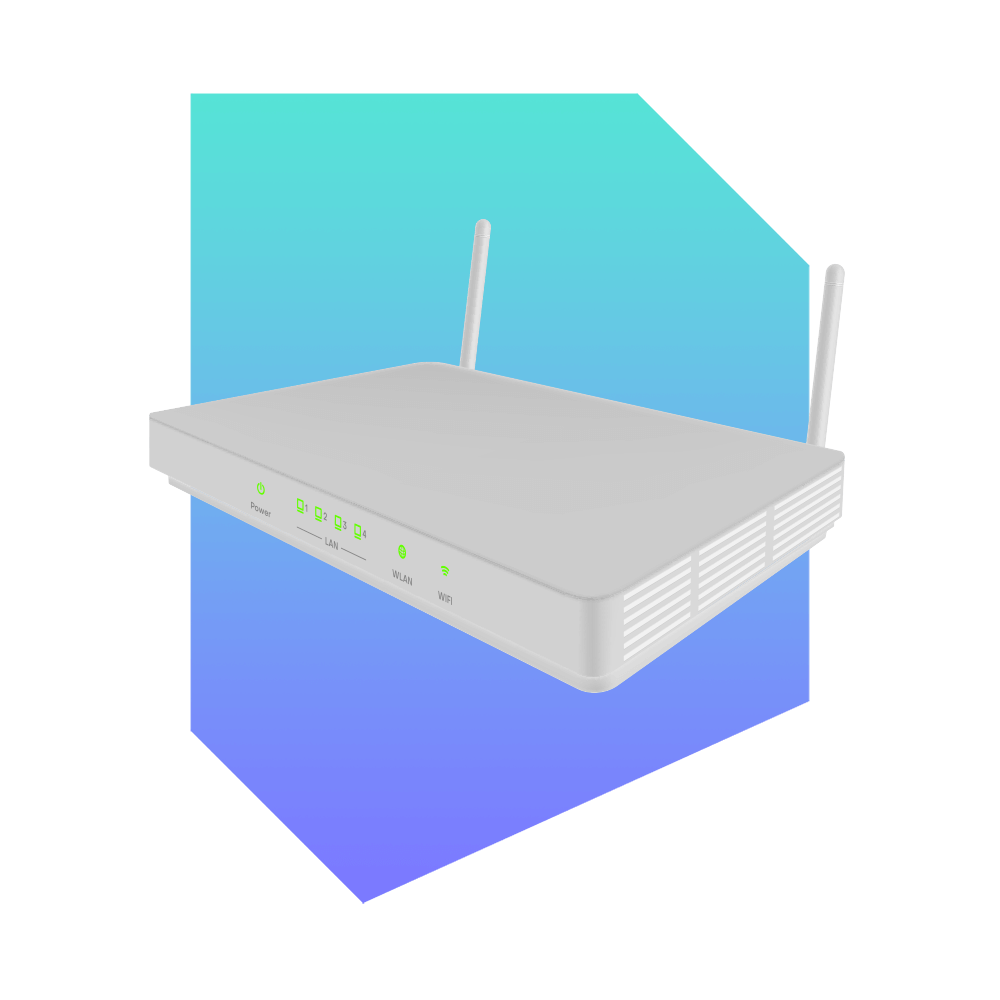By Mehmet Turunc, Head of 5G Roaming

The 5G transformation has reached a critical phase. 5G is the fifth generation wireless technology and also known as the fastest, most reliable and lowest latency technology ever. Yet, there are multiple scenarios determining how 5G rollouts will take place, including use of a Stand Alone (SA) or Non-Stand Alone (NSA) architecture.
What are the fundamentals of 5G and its alternative deployments?
Compared to 4G (LTE) networks, 5G brings:
- 10x decrease in latency
- 100x traffic capacity
- 10x increase in experienced throughput
5G has three main use case categories defined by 3GPP and GSMA:
- Enhanced Mobile Broadband (eMBB): Higher capacity, faster throughput.
- Ultra-Reliable Low Latency Communications (uRLLC): Latency sensitive communications such as autonomous driving, emergency services, robotic surgery, factory automation etc.
- Massive Machine Type Communications (mMTC): Massive connectivity to many devices that requires low bandwidth and low power.
In addition to this, the network slicing feature brings crating virtual networks in a service based & software defined architecture that allows more secure, differentiated and protected networks based on specific needs.
The following ITU (International Telecommunications Union) chart shows applications used in 5G use cases to enable us to visualize real deployments in a 5G environment:

Mobile networks consist of 2 major modules: Radio network and core network parts.
Two major 5G deployment alternatives are defined by 3GPP (Global Initiative creating standards for mobile networks): NSA (Non-Stand Alone) and SA (Stand Alone).
- If the radio part is 5G New Radio (NR) and the core part is 4G Evolved Packet Core (EPC); it is called Non-Stand Alone (5G Radio + 4G Core = NSA).
- If the radio part is 5G NR and the core part is 5G core; then it is called Stand Alone (5G Radio + 5G Core = SA).

For both NSA and SA, new radio network technology (NR) is being used. New radio will satisfy high bandwidth needs such as VR, 8-12K video, etc., which is called eMBB (Enhanced Mobile Broadband).
For mobile operators who seek mainly high-speed connectivity to their customers, 5G NSA deployment could be enough at the start. However, 5G capable handsets and devices will be required.
The major first step taken by iBASIS to prepare for 5G video bandwidth explosion is deploying 100Gbps interfaces for 5G NSA.
The “real” 5G deployment is Stand Alone (SA) because it brings all possible use cases to the 5G mobile network, such as high throughput, low latency communications, massive IoT, network slicing, etc.
That’s why iBASIS is introducing its 5G signaling exchange testing platform for 5G SA enabling multiple scenario and use case testing.































